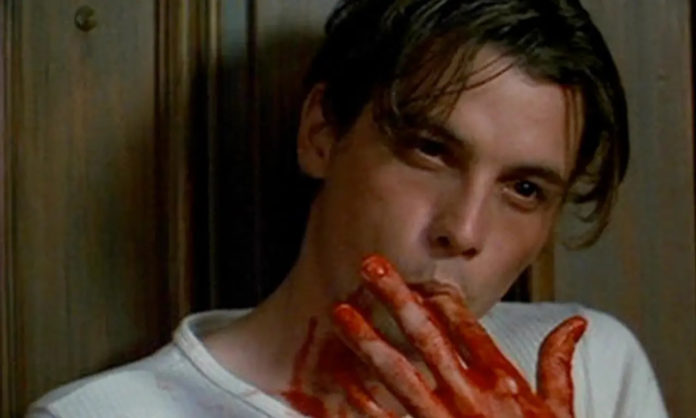In a post on CrimeReads, Ann Aptaker says crime writers can learn a lot about murder from the theater. “Real life crime, with its danger and sinister excitement, its characters doing extreme things and living extreme lives, is epic drama, the stuff of theater,” she says. “I’ll go further and say crime is theater, a grand pageant where humanity’s most profound themes play out: life, death, good, evil, luck or desperation, justice or the lack of it, even humor.”
The people involved in these dramas embody larger-than-life types: heroes, villains, victims, con men, predators, and prey. “Every crime is therefore a performance acted out by criminals in plots often carefully scripted but with unexpected twists requiring quick-thinking life-or-death moments of ad lib,” Aptaker writes, suggesting that this is one reason crime stories translate so well to stage, film, and opera.
Aptaker reviews a number of prose crime stories that jumped to performance on stage or in film, and how they fall into three categories: Crime as Theater; Criminals as Performers; and Crime Solvers as Performers.
Crime as Theater
At the top of this list sits The Godfather trilogy. “After all, the thing’s practically an opera, an idea reinforced by the third film in the cinema trilogy which moves toward an actual opera,” Aptaker says. “And like so much Italian opera, there’s scheming, betrayal, and (almost) everybody dies.” Alfred Hitchcock’s Rear Window, is another theatrical presentation. “From the film’s very beginning, the opening credits reference a curtain going up on a stage show with the rising window shades opening onto the scene of the action: the courtyard and its several apartment windows,” Aptaker explains. “Through the rest of the film, the action plays out in these stage-like window settings: assorted comedies and dramas with murder at stage center.” On the actual stage, we have the Grand Guignol classic Sweeney Todd: The Demon Barber of Fleet Street, Bizet’s Carmen, Don Juan, and Assassins.
Criminals as Performers
Too many to list, but a short accounting would include Anton Chigurh in No Country for Old Men, Fantômas, Patrick Bateman in American Psycho, and Professor Moriarty. We’d add the Joker in any Batman movie, any of the murderers from the Scream franchise, and John Doe from Se7en. Aptaker gives a special nod to Phyllis Nerdlinger, the femme fatale of Double Indemnity. “Phyllis Nerdlinger is the complete performer, an actress so involved in her role she plans every detail right down to the costuming and make-up,” Aptaker notes. Does Norma Desmond count as a criminal?
Crime Solvers as Performers
“Like their criminal counterparts, the best crime solvers play their roles with panache,” Aptaker writes. Two obvious award-winners stand out: Hercule Poirot and Sherlock Holmes. “No one does a monologue better than Poirot, whose summing up and unmasking of the killer at the end of every case is a tour-de-force of stagecraft,” Aktaker says. “In the case of Holmes, logic and reasoning may be his method, but theatricality is his means. He is a master of costuming and make-up, able to use his face and body as actor’s instruments in order to insinuate himself into any situation.”












